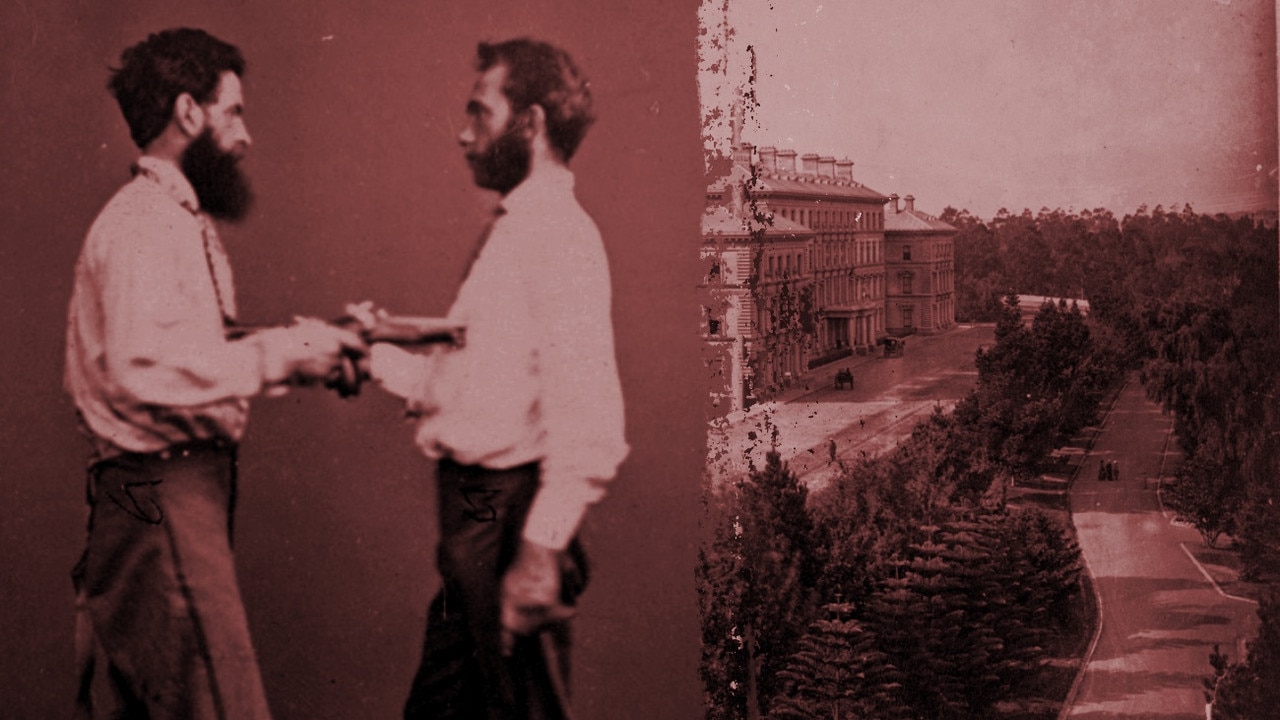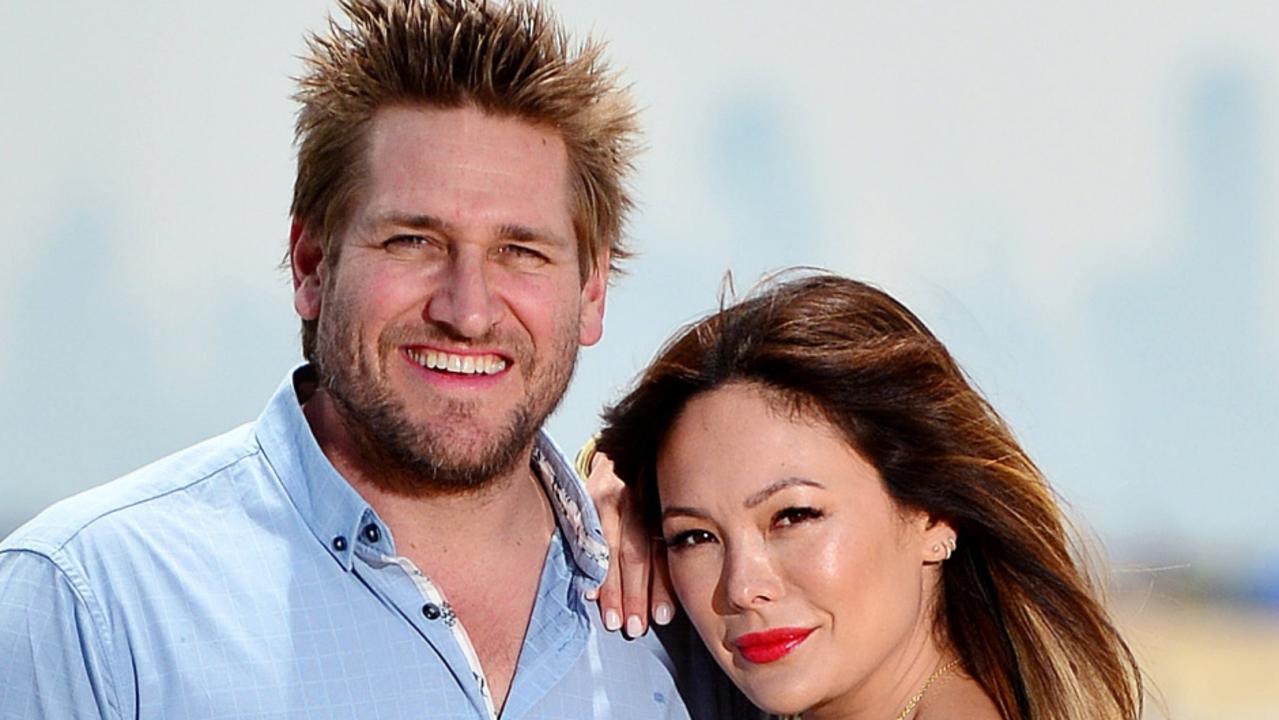Melbourne’s first cemetery lurks beneath Queen Victoria Market
IT’S one of Melbourne’s most colourful spaces. But there is a piece of Melbourne history lurking underneath the Queen Victoria Market that you may not be aware of.
Melbourne
Don't miss out on the headlines from Melbourne . Followed categories will be added to My News.
IT’S one of Melbourne’s most colourful spaces, the Queen Victoria Market a hotbed of culture, food and good vibes.
From its beginnings as a chief wholesale market through to its reinvention as a retail market in the 1970s, the market has played a pivotal role in the ever-changing city.
But there is a piece of Melbourne history lurking underneath the market that many may not be aware of.
Between 1837 and 1854 much of the land the market now stands on was the site of Melbourne’s first official cemetery — which housed the remains an estimated 10,000 settlers — including the city’s founding father, John Batman.
A fun look at iconic Australian-invented foods and their histories
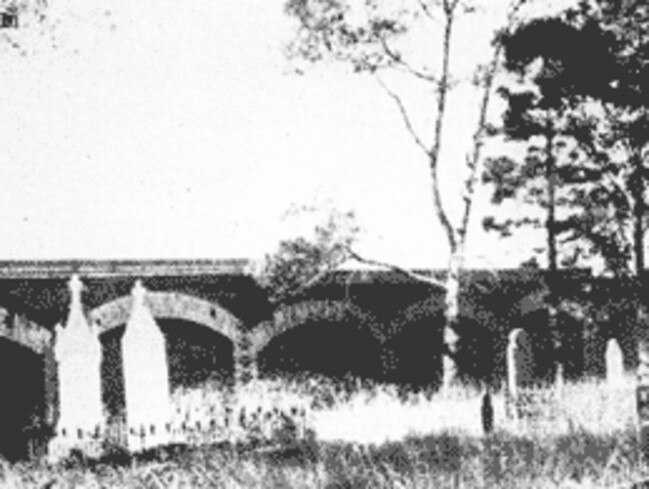
It was divided into areas according to religious denominations, two acres each were given to the Church of England, Presbyterians, and Roman Catholics and one acre each was given to the Jews, Quakers, Methodists and Independents.
Later, half of the Quaker section was allocated to the Aborigines.
In 1917, when the market grounds were extended over much of the cemetery site, beginning with sections allocated to Aboriginals and Quakers and unused parts of the Jewish section.
Exhumation of bodies began in 1920 — with only marked graves affected.
A total of 914 bodies were exhumed and reinterred at other cemeteries across Melbourne.
That leaves more than 9,000 buried beneath the existing carpark — with bones often disturbed when works are carried out at the market.
Sadly the names of many of those buried there are unknown.
See how Melbourne’s poorest people lived in today’s hip inner suburbs
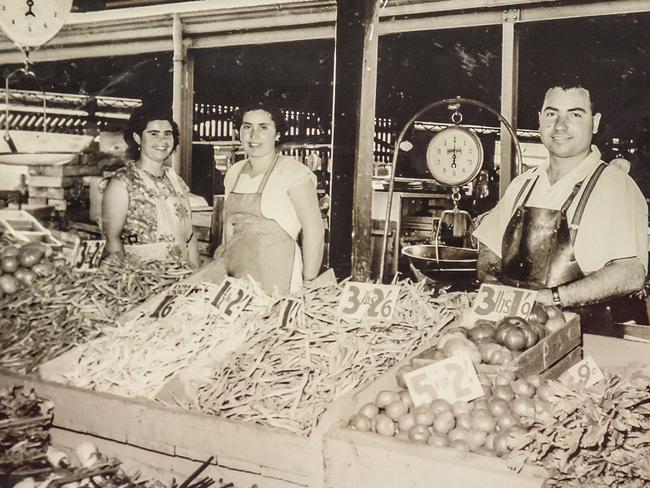
Following its closure the cemetery fell into disrepair and many of the red gum headstones were stolen for firewood or weather affected and the official register of burials was destroyed during a fire.
A bluestone memorial for Mr Batman, who is best known for signing the controversial Batman Treaty with aboriginal elders, stands at the original cemetery site at the market.
Another memorial for the deceased, this time a sculpture called ‘Passages’, stands on the corner of Queen Street and Therry Street.
Timeline of Melbourne’s Queen Victoria Market
1864-1867
A Crown grant passed providing land for a nearby general market on March 4, 1867.
1878
When the Market first expanded into the cemetery in 1878, the Quaker/Aboriginal area near Fulton Street was acquired first.
Two grants that provided more land for the market, were dated 1878 and 1880.
1880s
Legislation was passed requiring all bodies in the Old Cemetery to be exhumed.
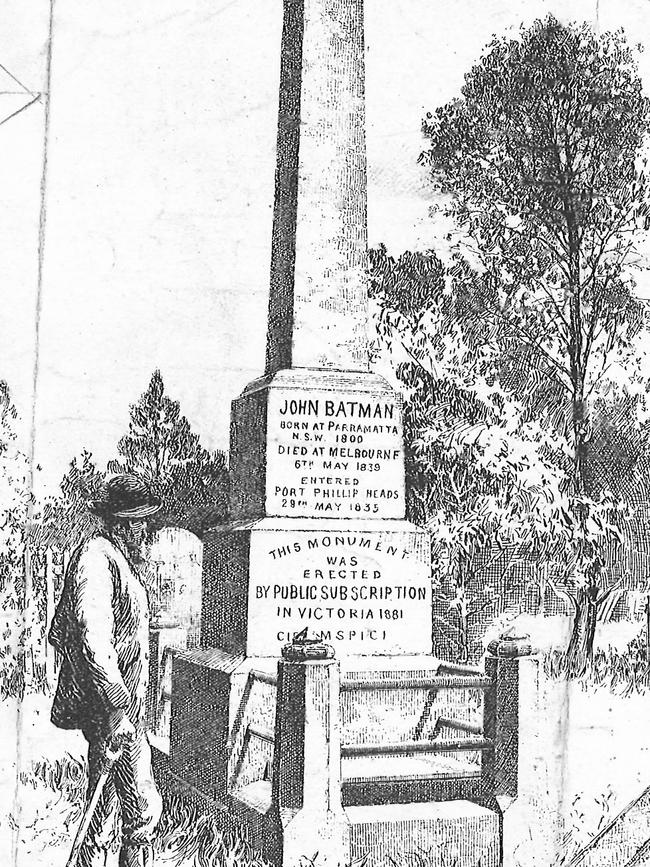
1920
914 graves with identifying monuments were reinterred at Fawkner, Kew, St. Kilda, Cheltenham and the Melbourne General Cemetery.
1922
The cemetery was closed permanently.
1930s
The City Council banned horses from the market.
1950s

Food vans became a popular fixture at the market, including the American Doughnut Kitchen which is still operated by the family of the original owner.
1960s

Claims about corrupt merchants and unfair practices at the wholesale fruit and vegetable market led to a Royal Commission to investigate the existence of cartels.
A decision was made to move the market’s wholesale activities to Footscray to deal with the overcrowded market.
1979
Sunday market trading began.
1996
Previous Crown grants were revoked and the Queen Victoria Market Lands Act 1996 came into being.
1998
Night market trading begins.
2000
The market and Old Melbourne Cemetery classified by the National Trust.

2010
Lord Mayor Robert Doyle says he wants to transform the market into a gourmet hub by introducing up-market stalls.

2015
City of Melbourne allocates more than $80 million for revamp of market.
2016
City of Melbourne announces $250 million redevelopment of market that will include a major transformation of some sections and the addition of at least two high-rise towers.

